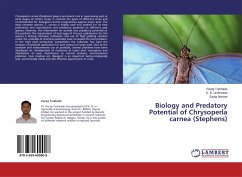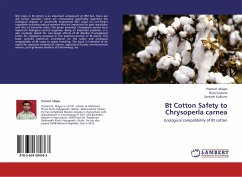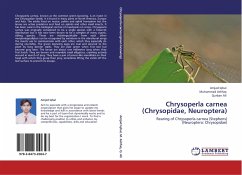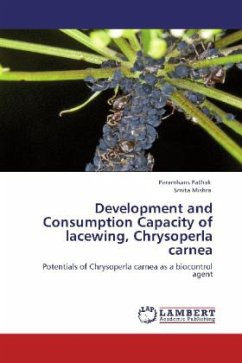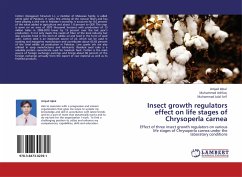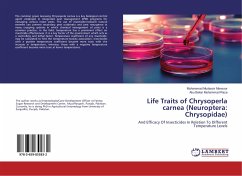Chrysoperla carnea (Stephens) plays a prominent role in suppressing pest at early stages of cotton crops. It controls the pests of different crops and recommended for biological control programmes against insect pest. The most common species, C. carnea is widely used and studied for its host preference and reproductive and predatory potential on different pest species. However, the information on survival and predatory potential of this predator the requirement of host eggs of Corcyra cephalonica for this species is lacking Intensive cultivation and use of high yielding varieties under the umbrella of chemical pesticides have increased the pest problem. In the high yield production competition the cultivator has used the weapon of pesticide application for pest control on large scale. Due to the excessive and indiscriminate use of pesticide, Several problems have been developed viz. development of resistance to insect pest, resurgence and distribution of pest, disturbance to natural enemies, environmental pollution, toxic residues etc. Bioagent is an important being ecologically safe, economically viable and also effective against pest of crops.
Bitte wählen Sie Ihr Anliegen aus.
Rechnungen
Retourenschein anfordern
Bestellstatus
Storno

